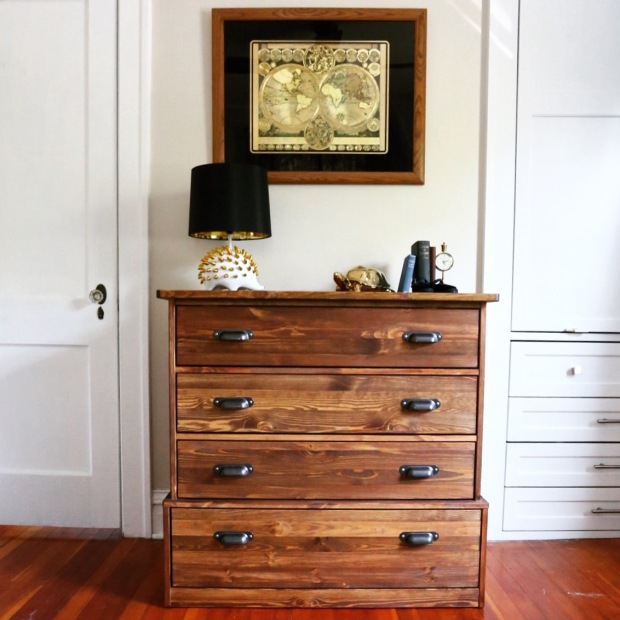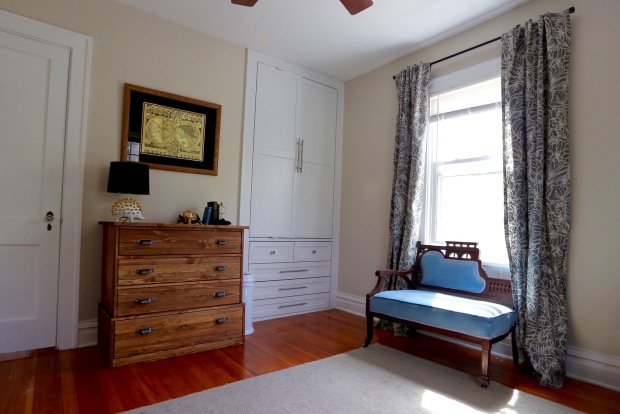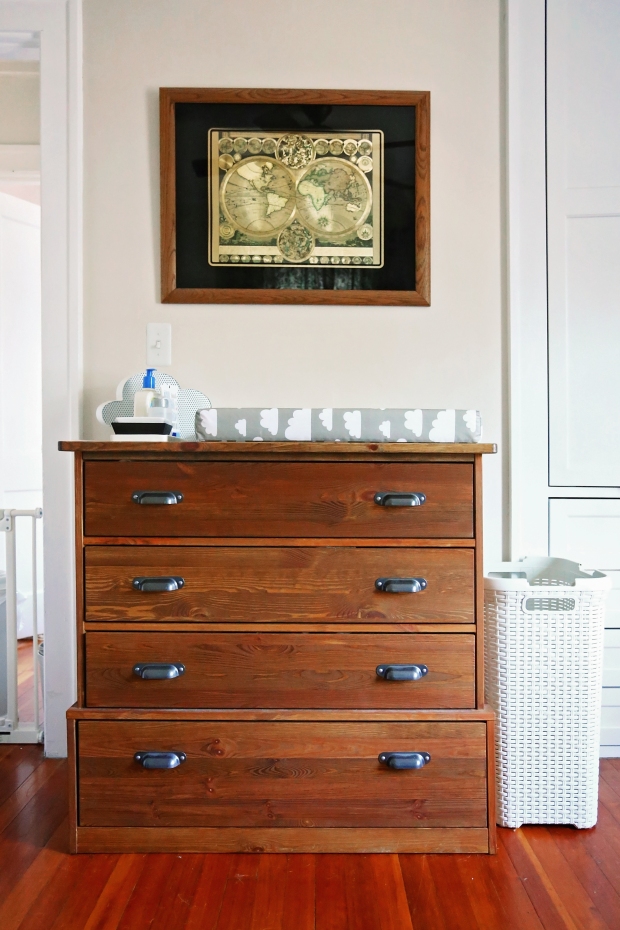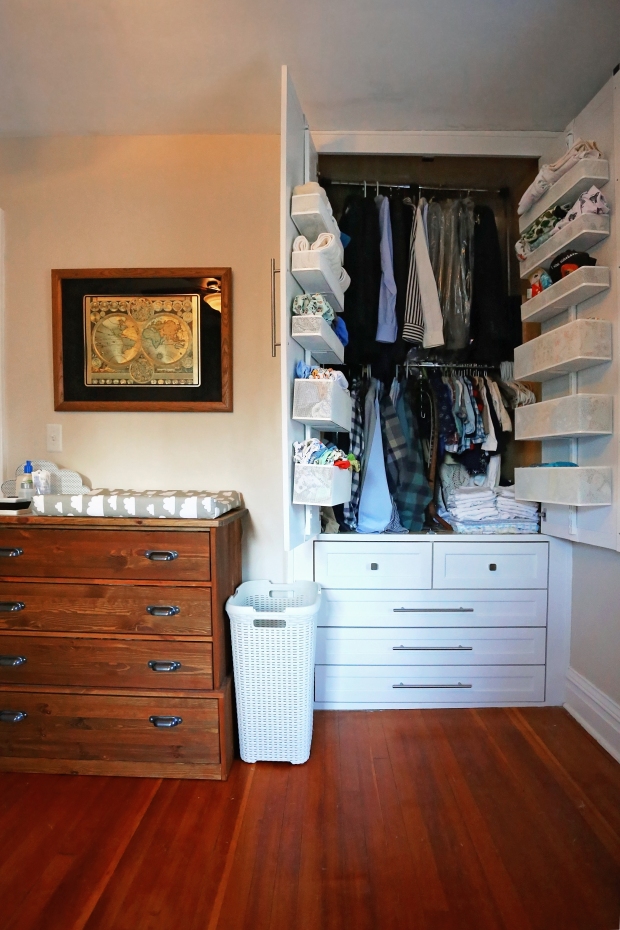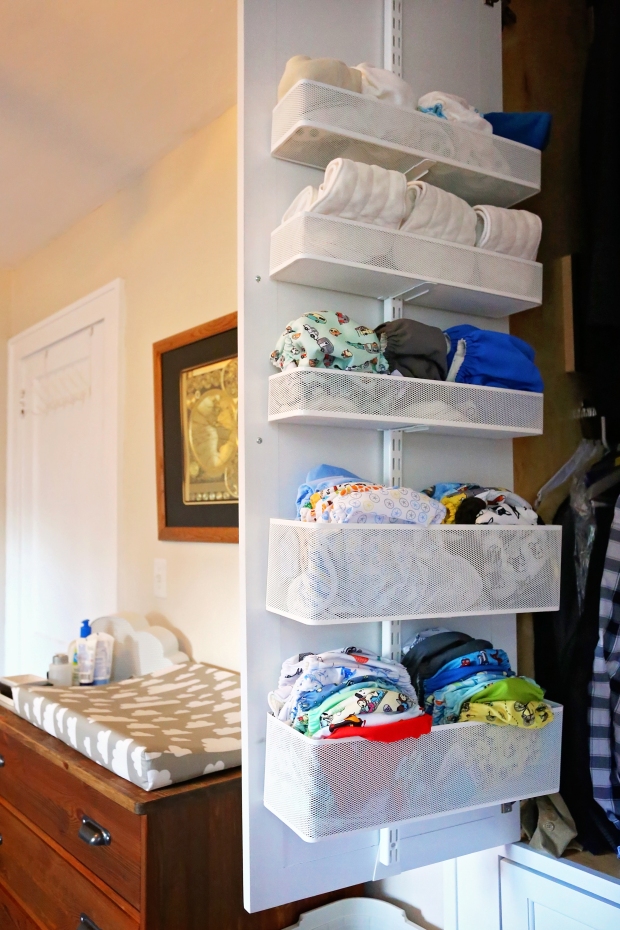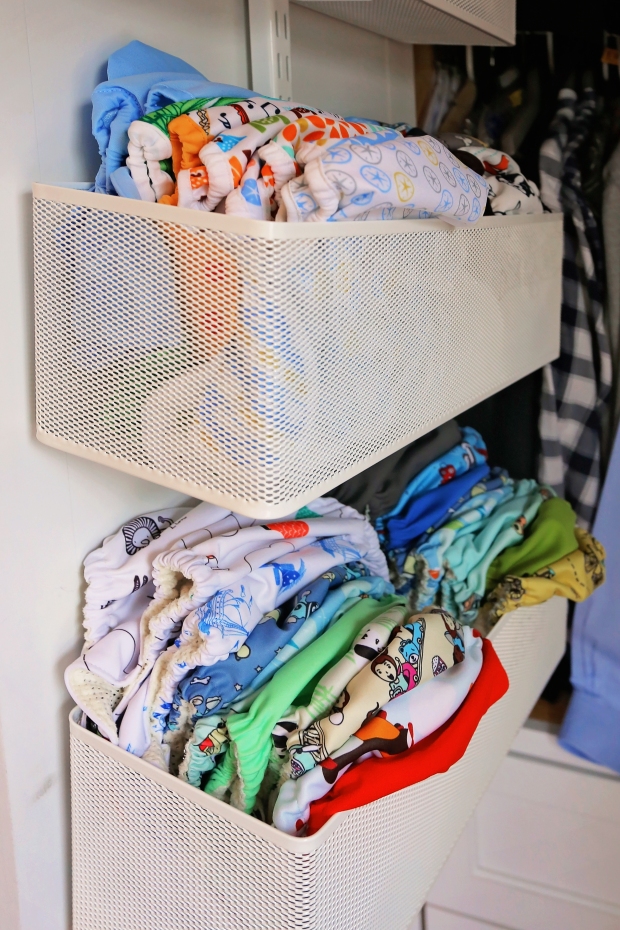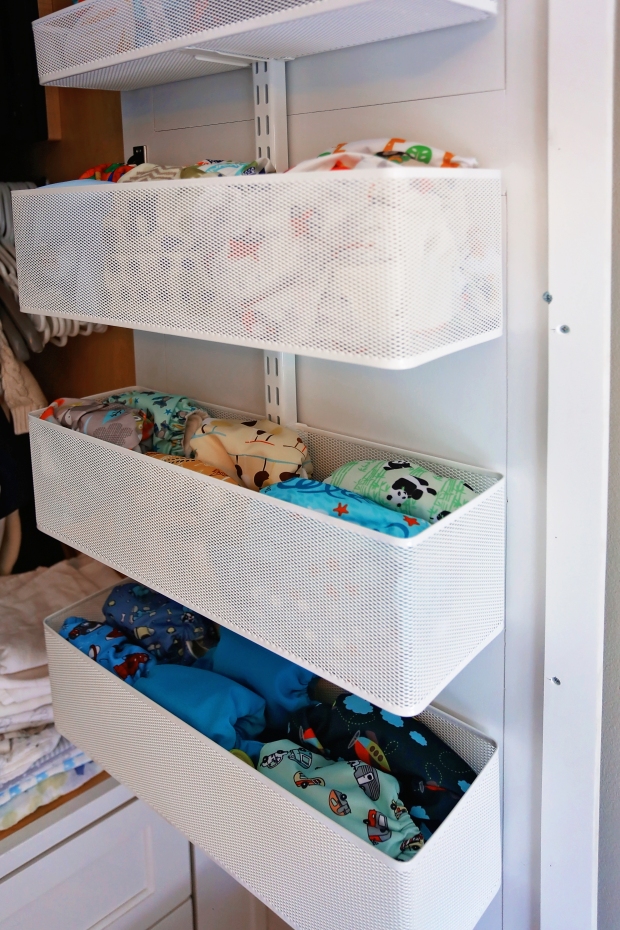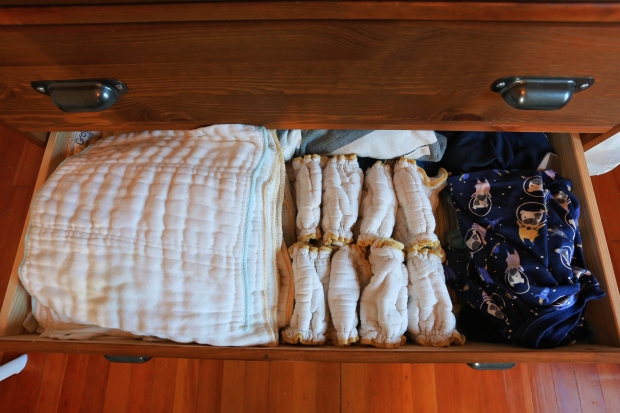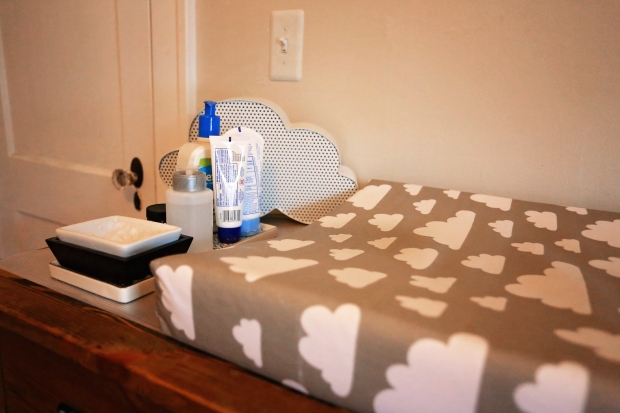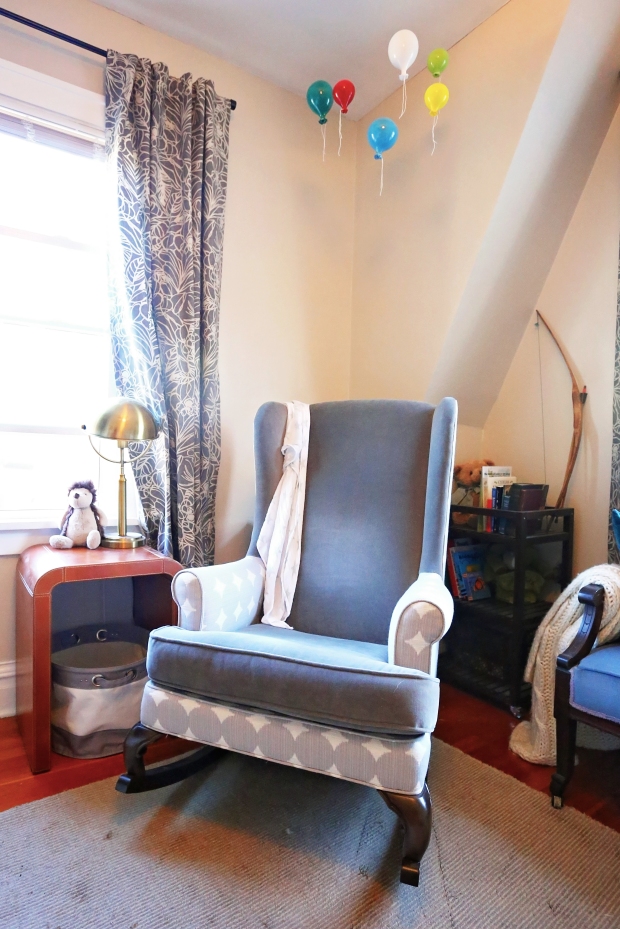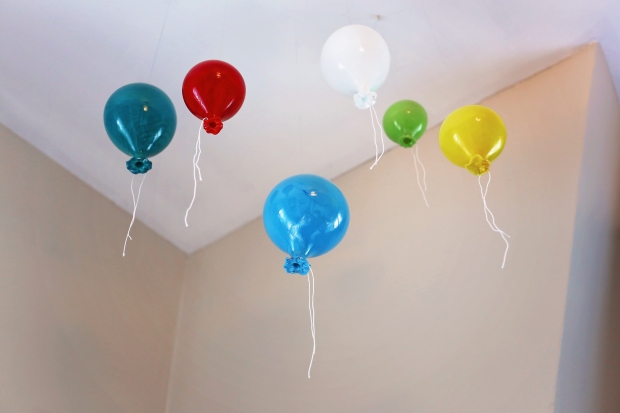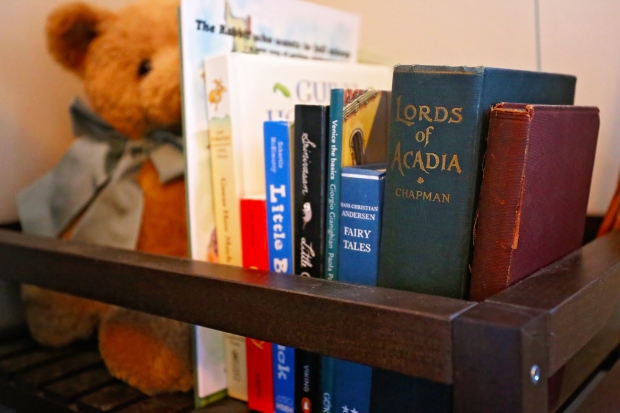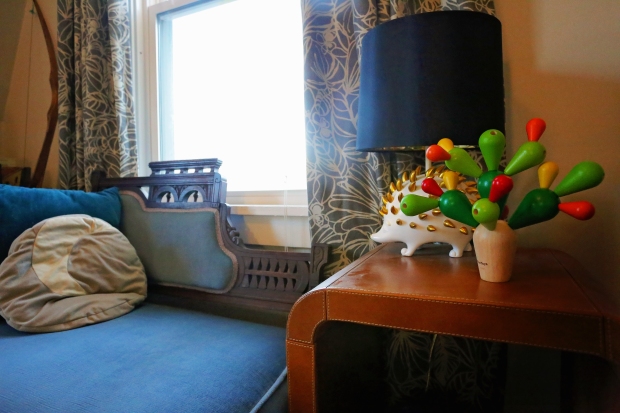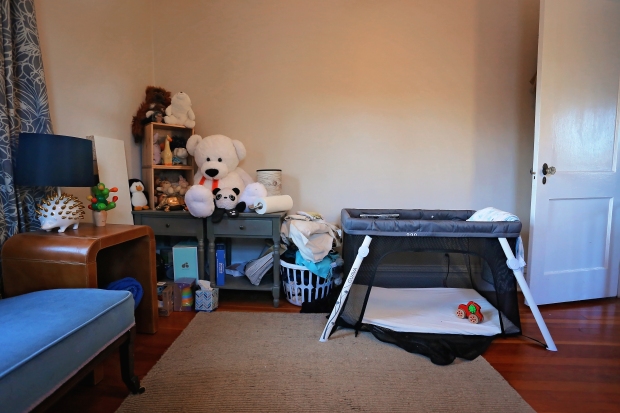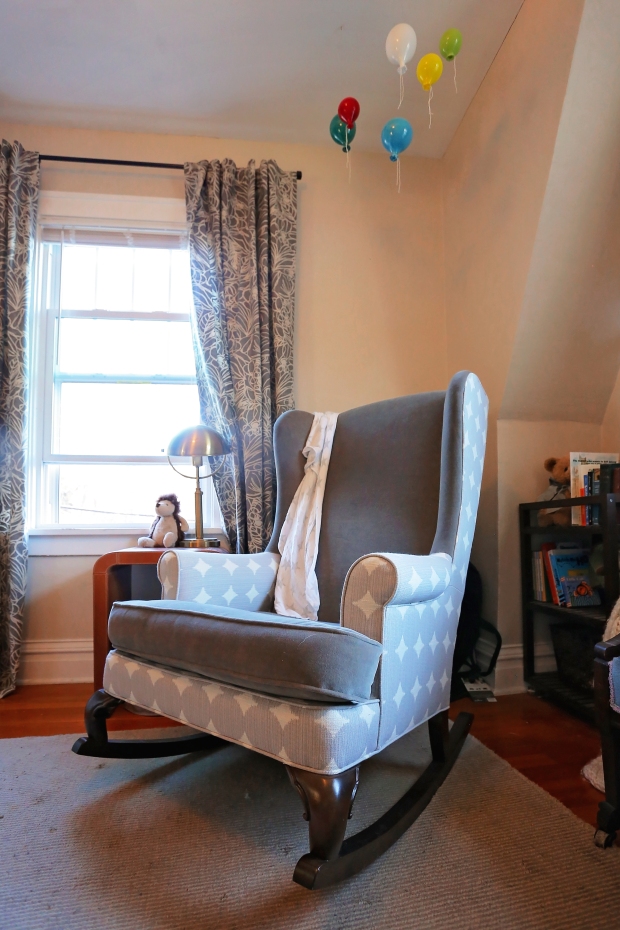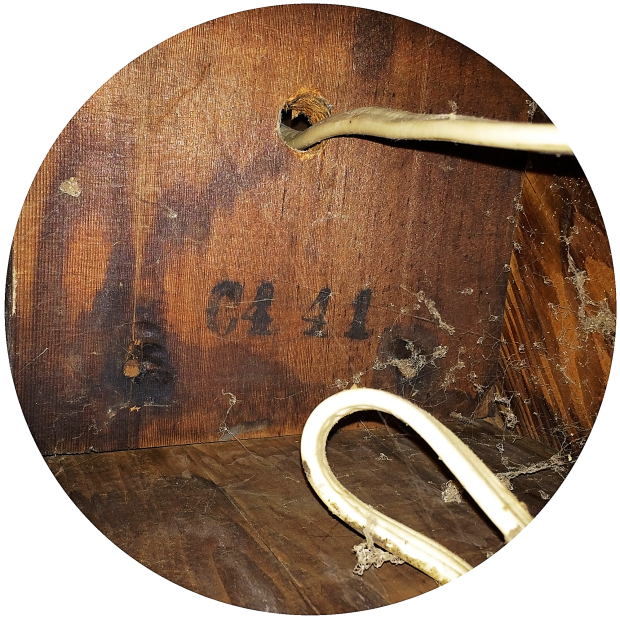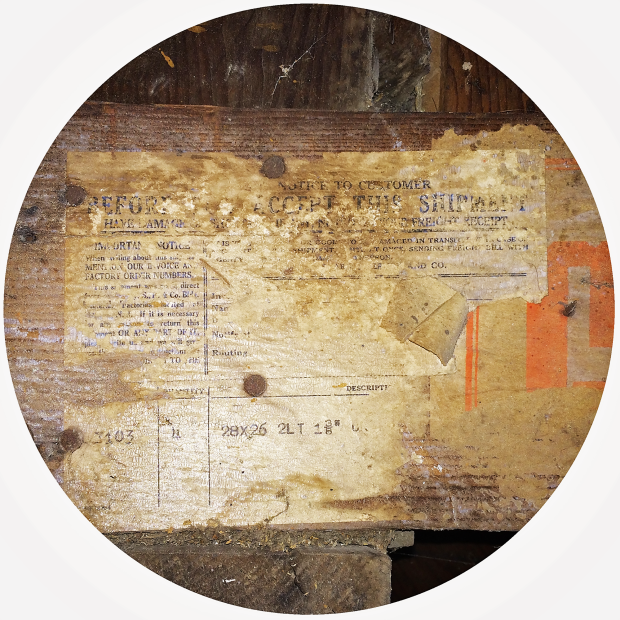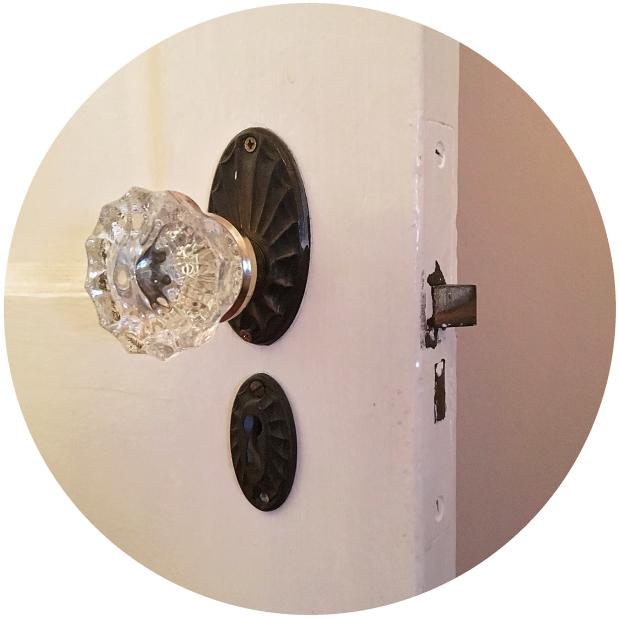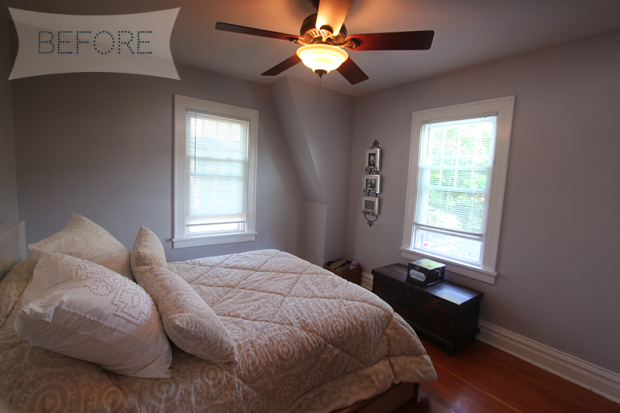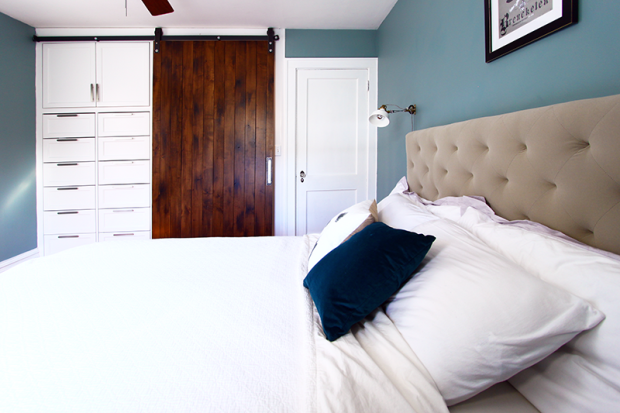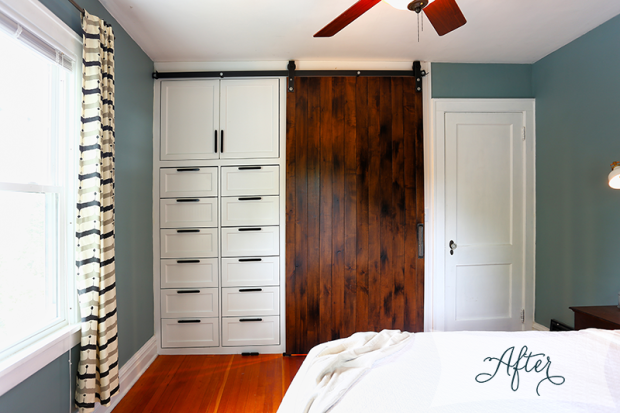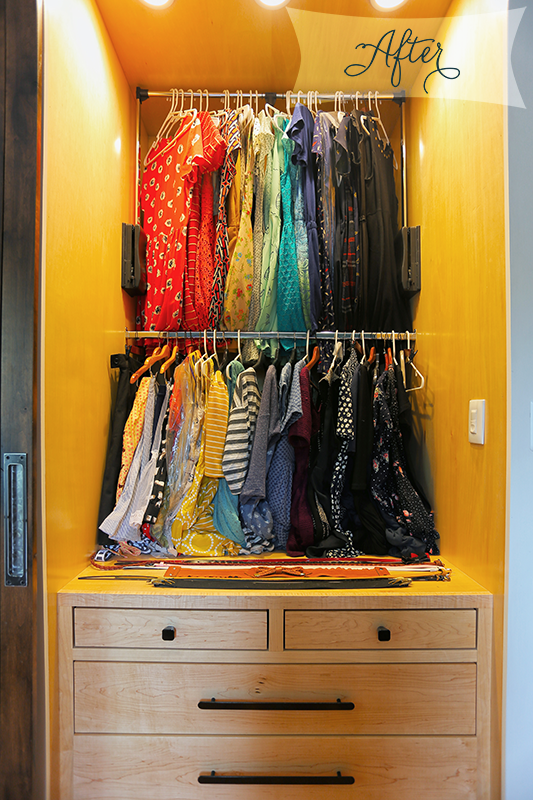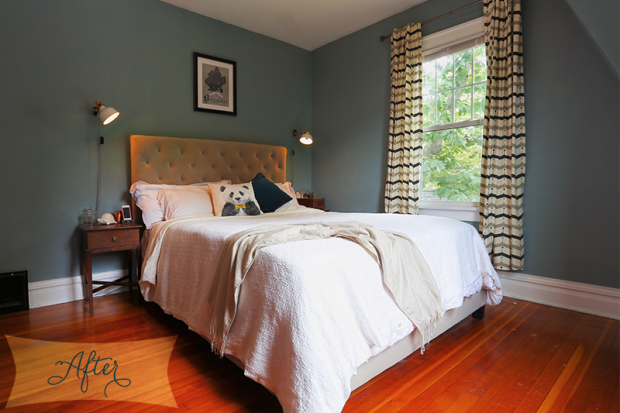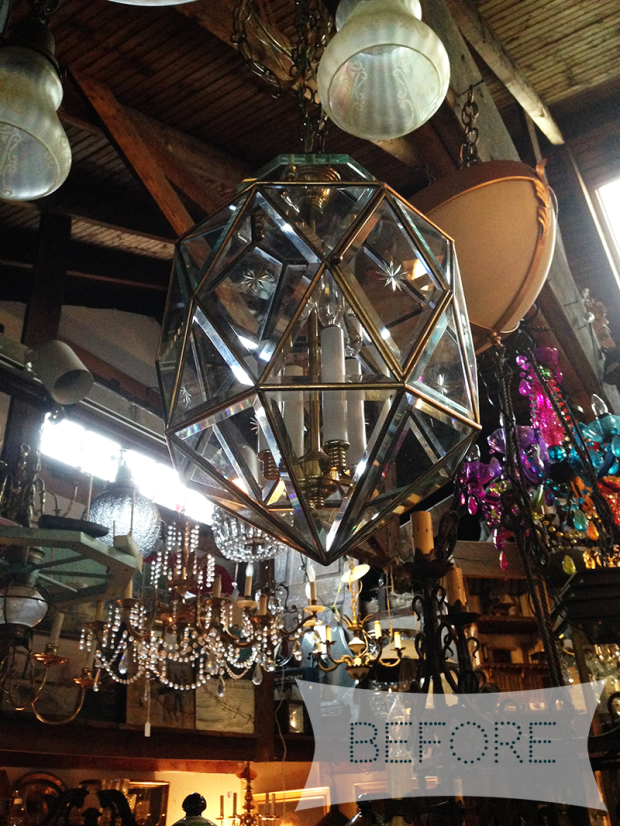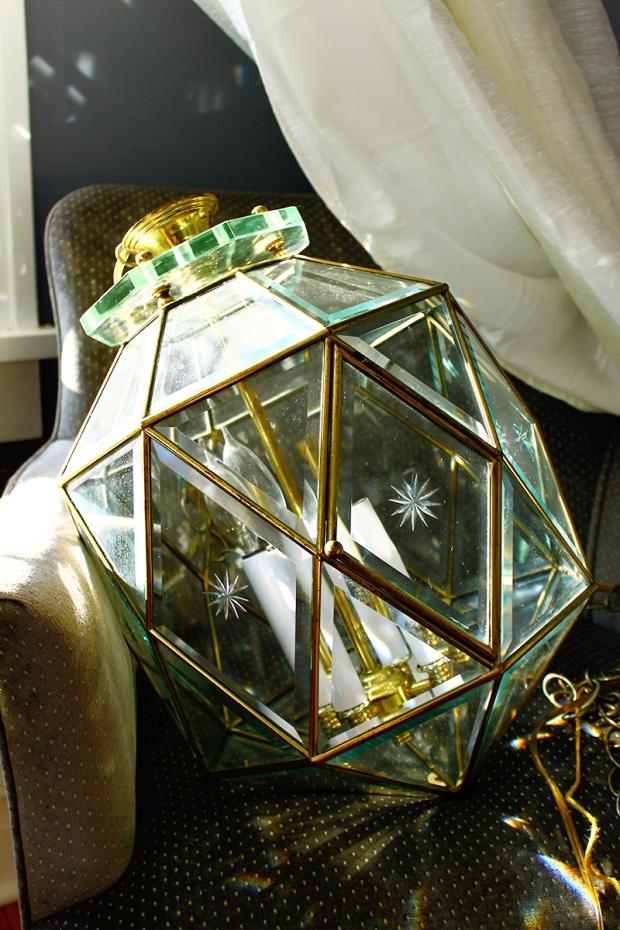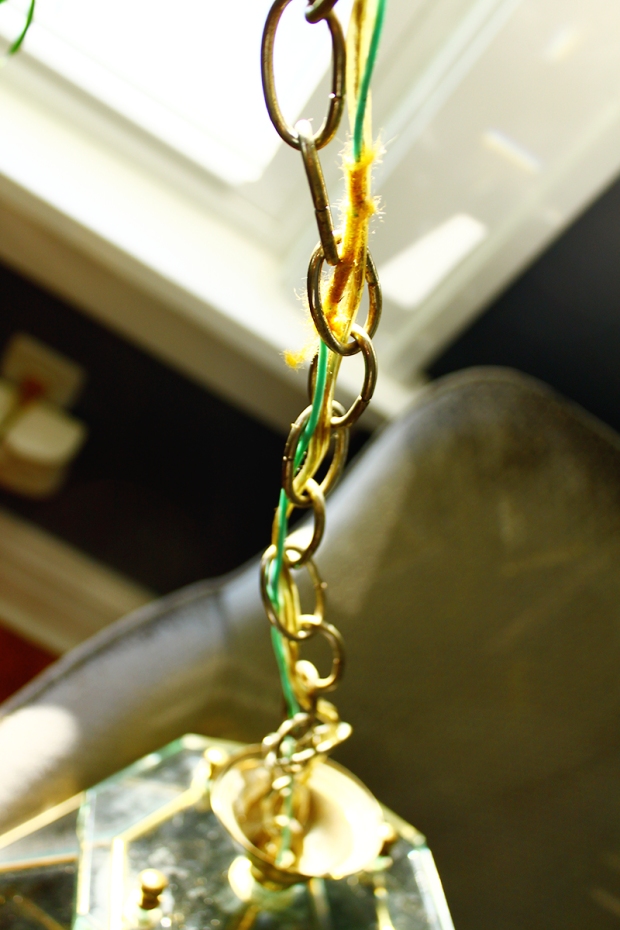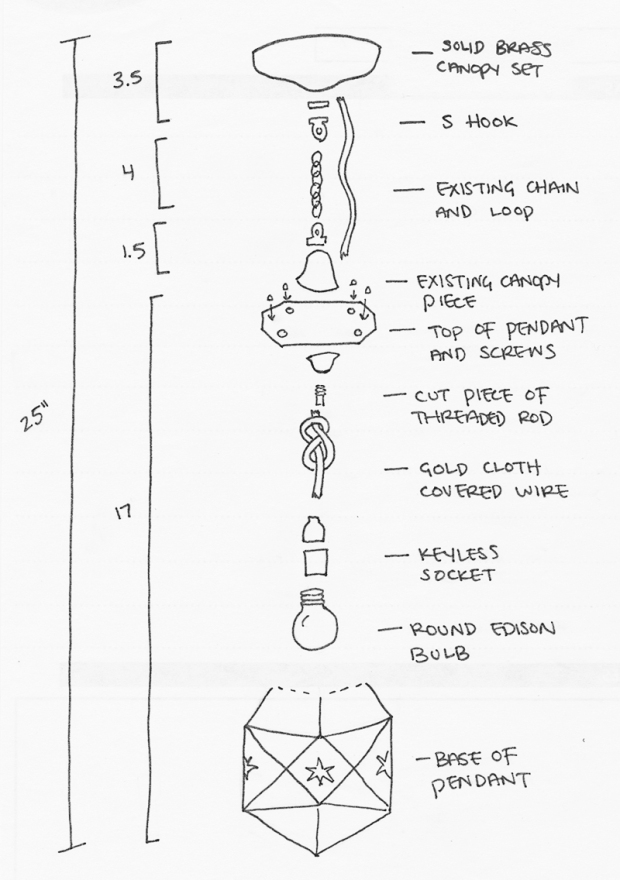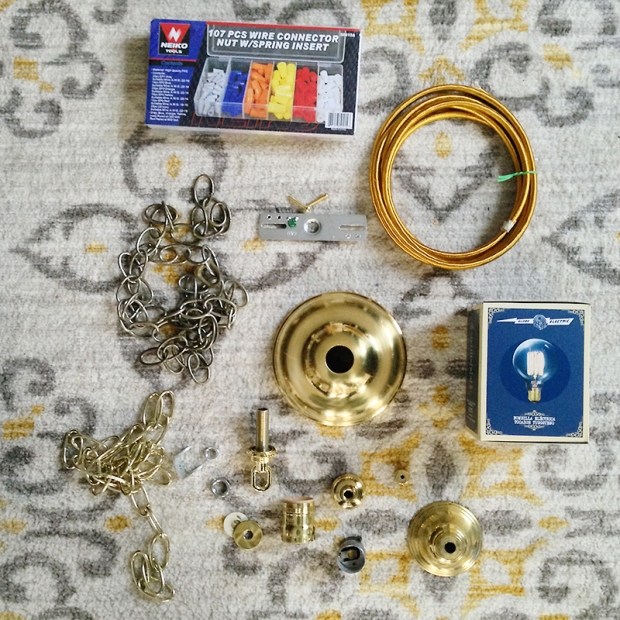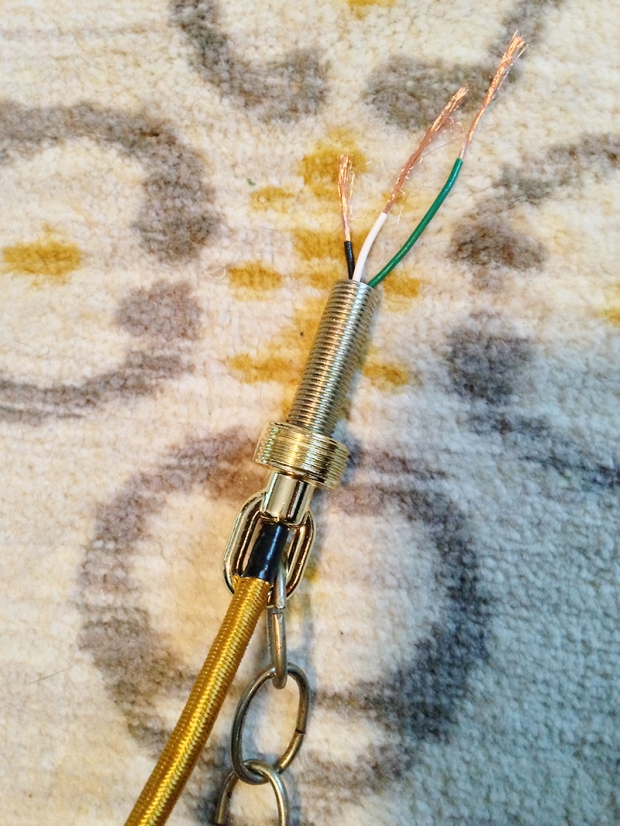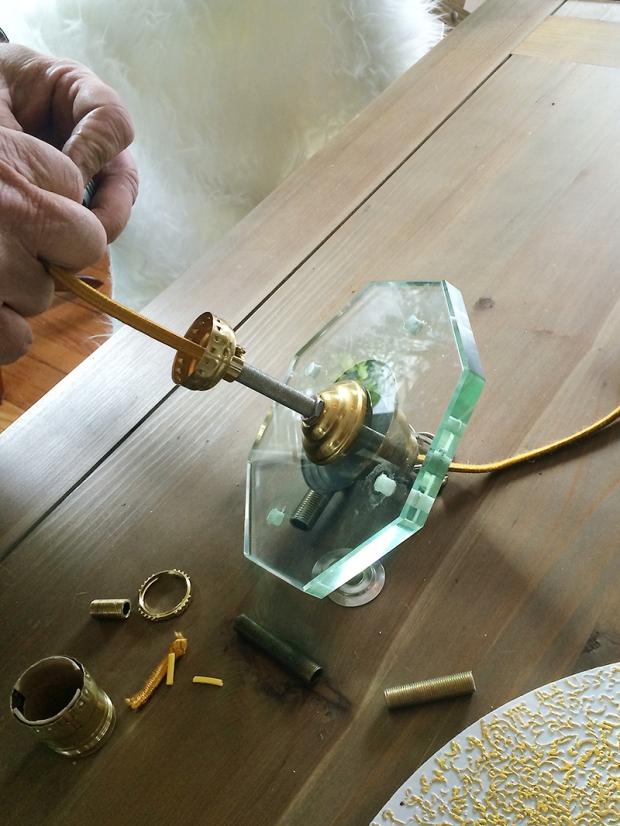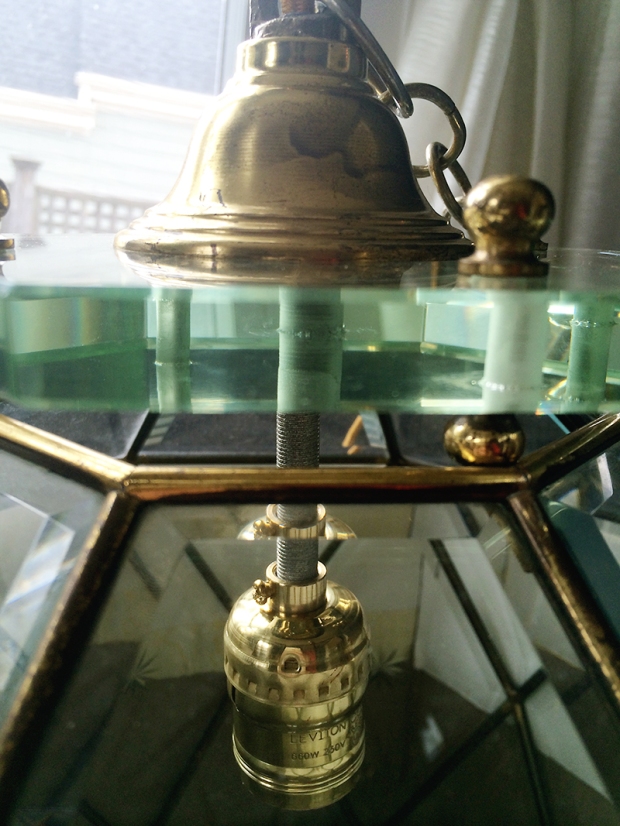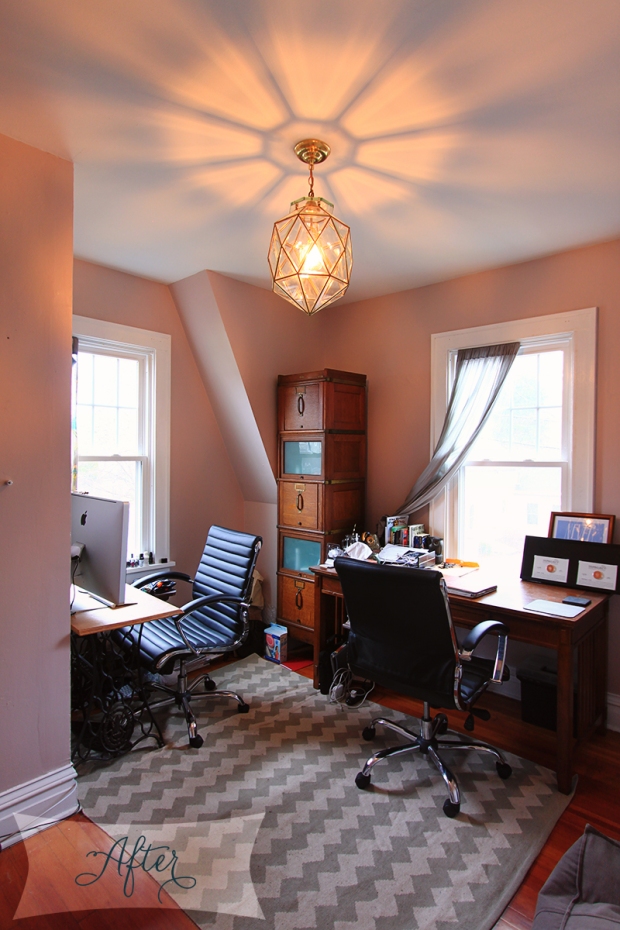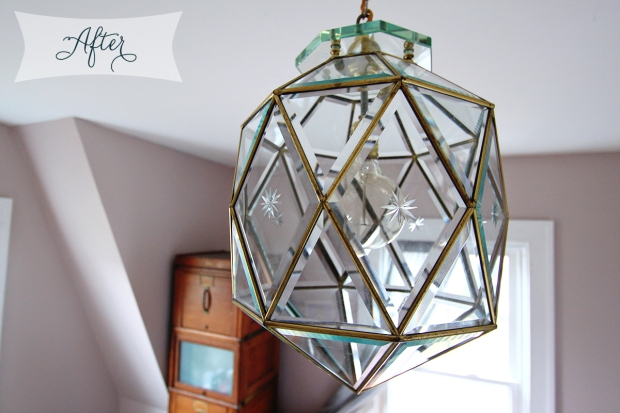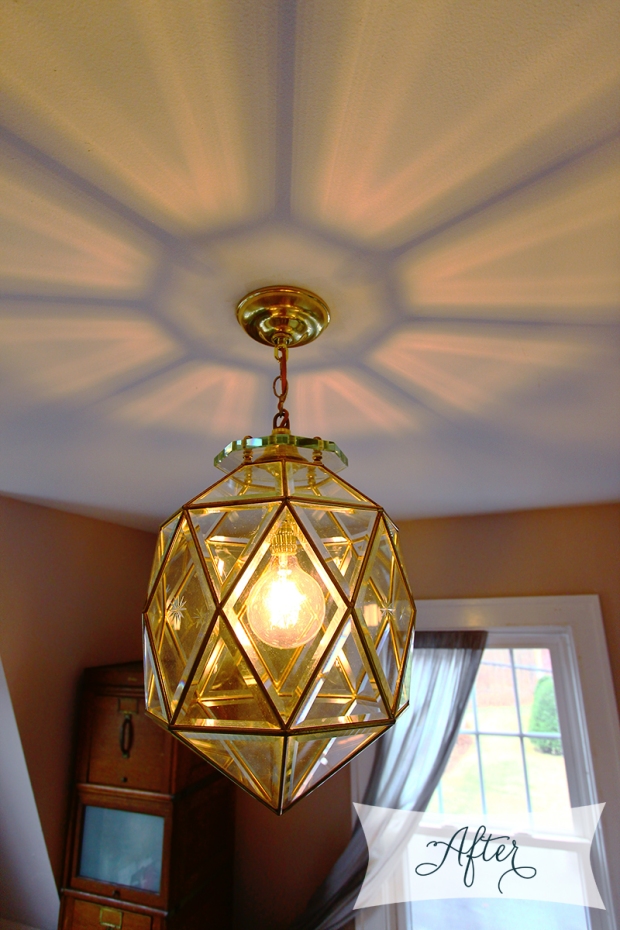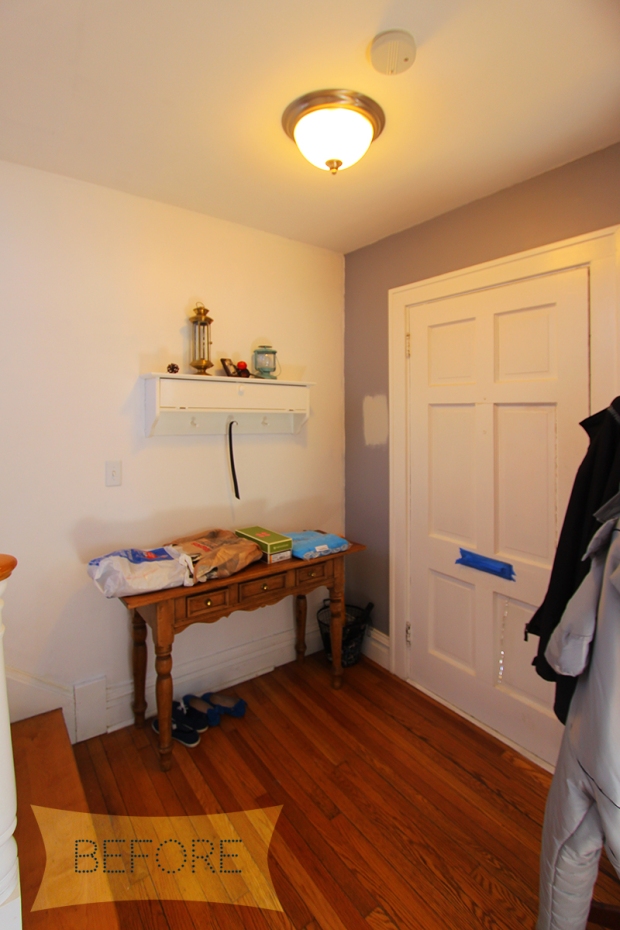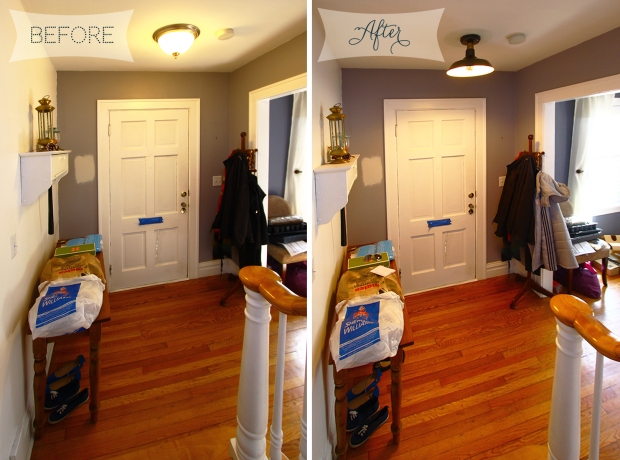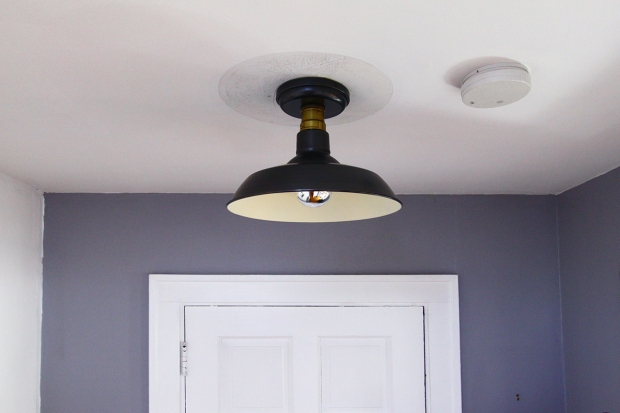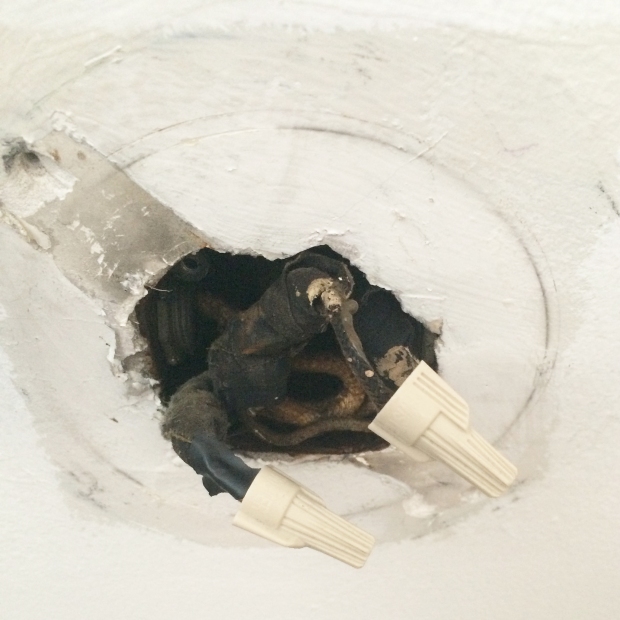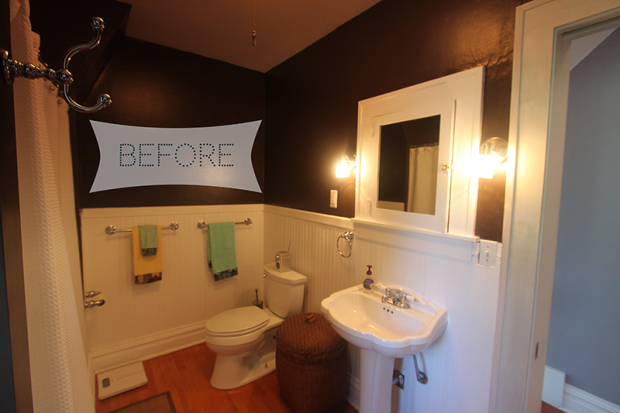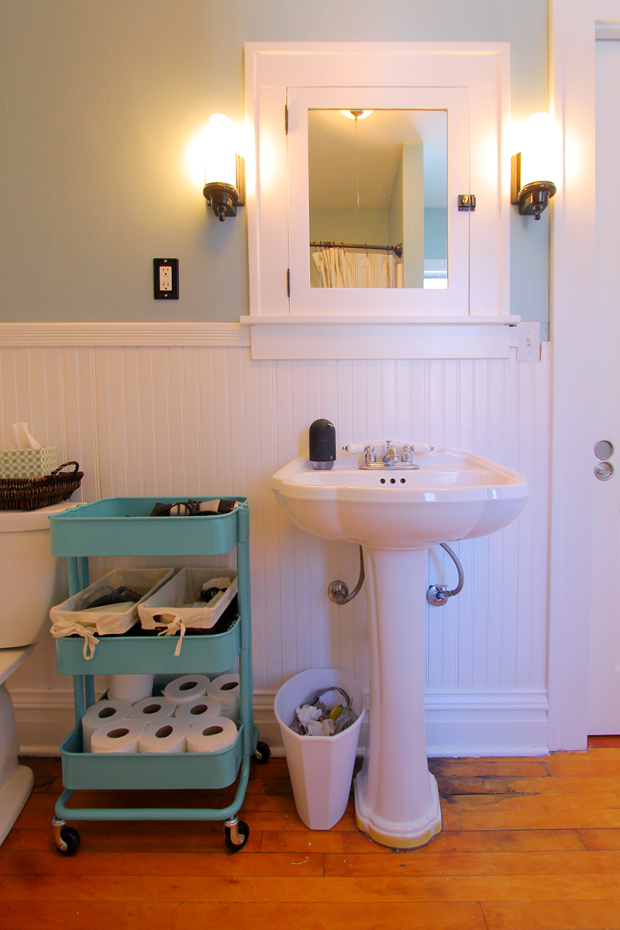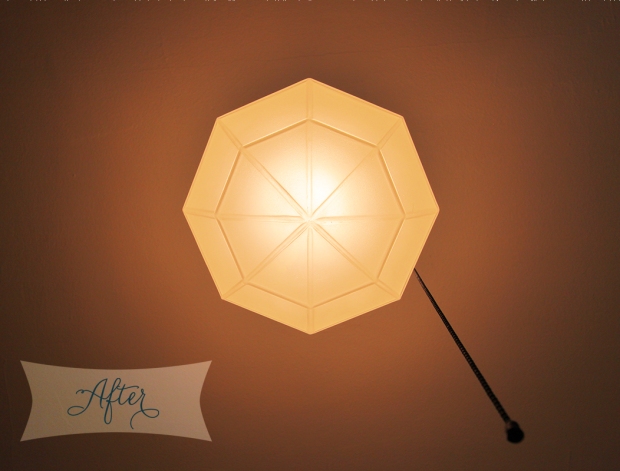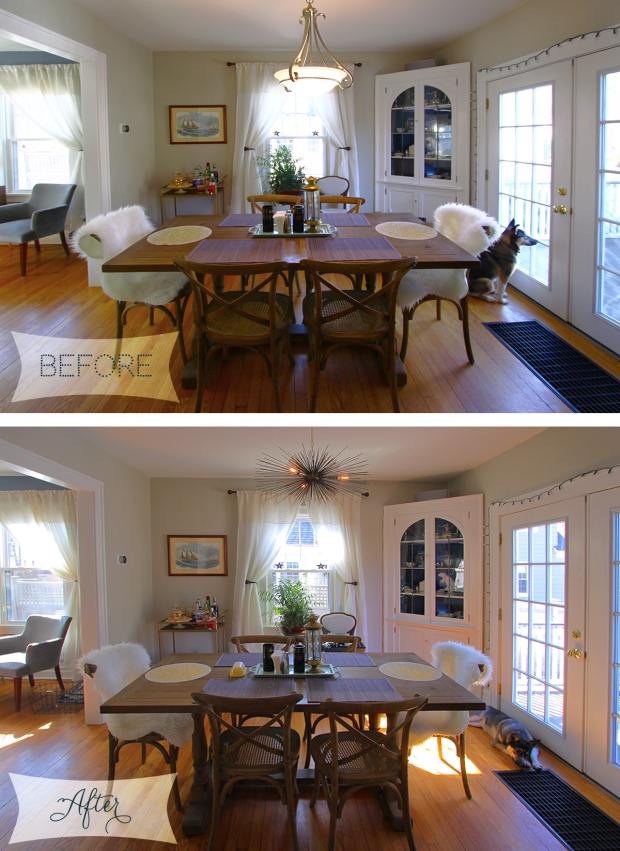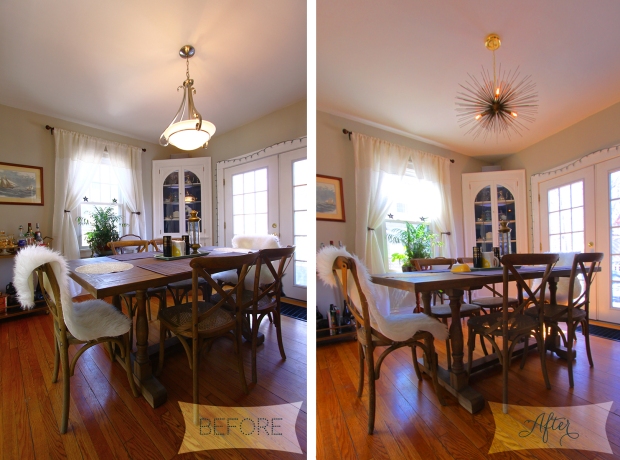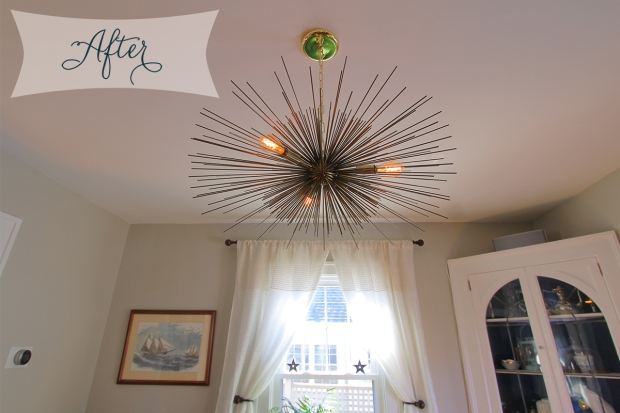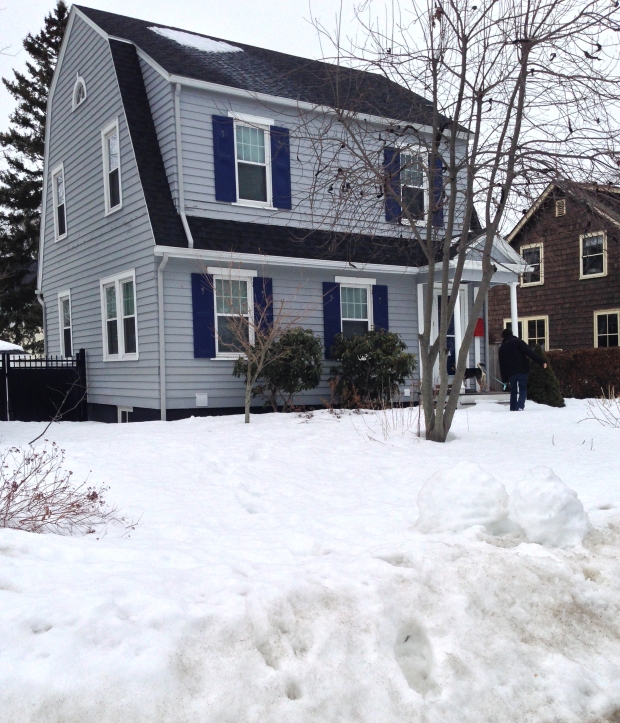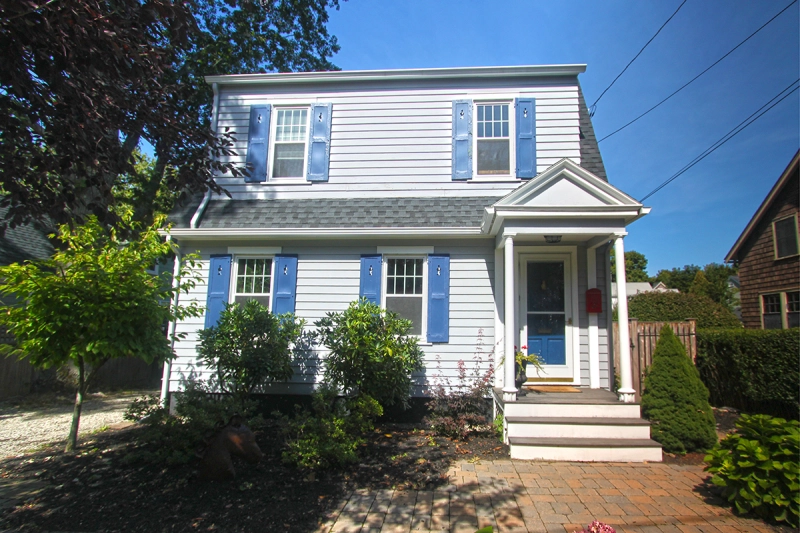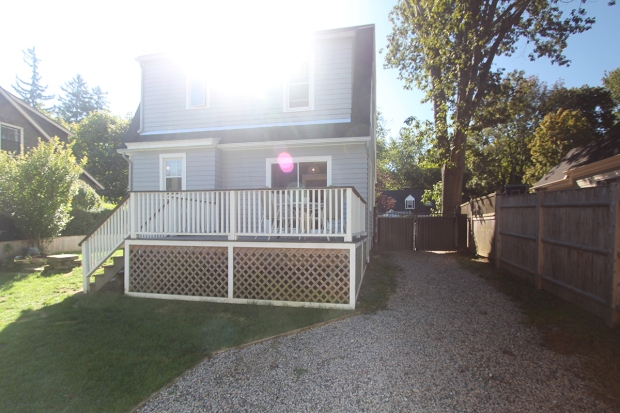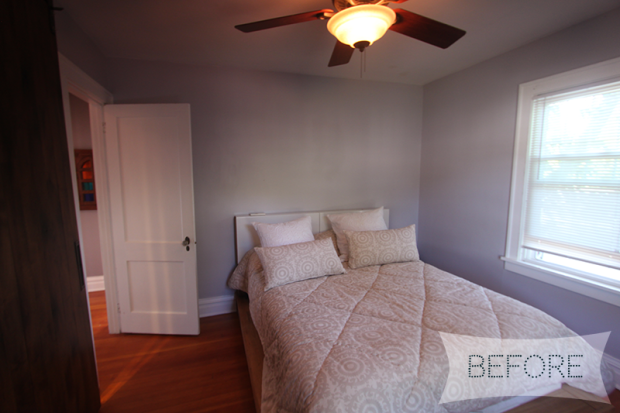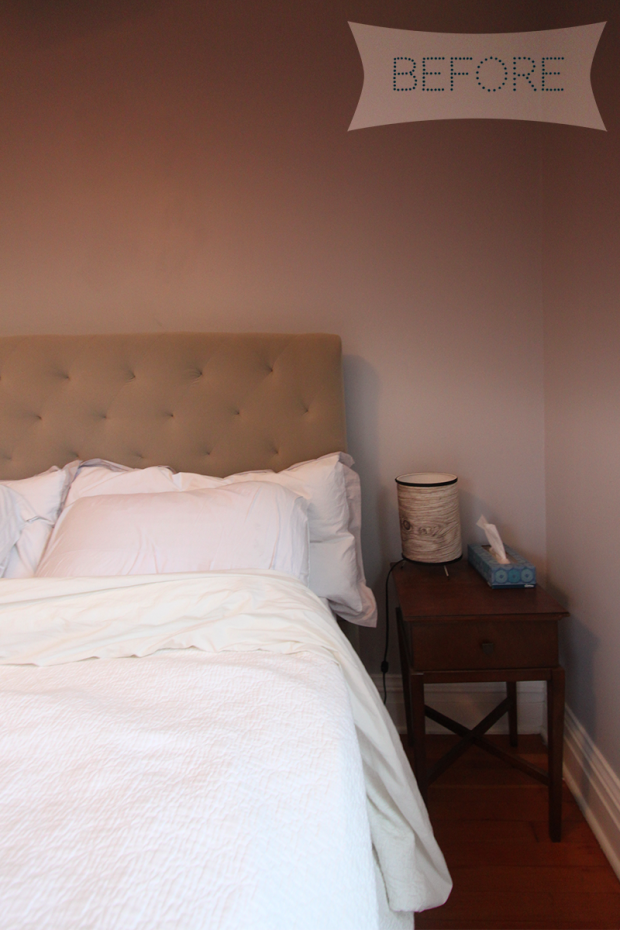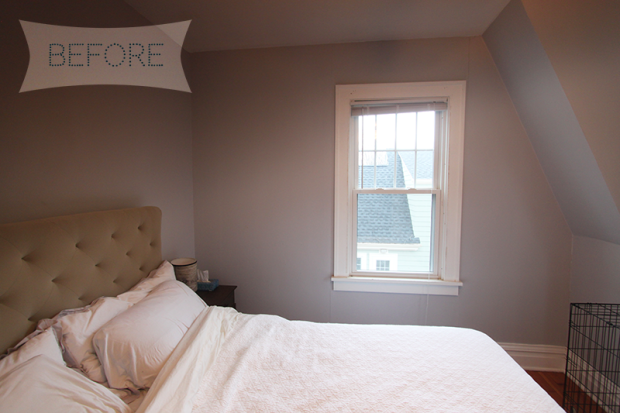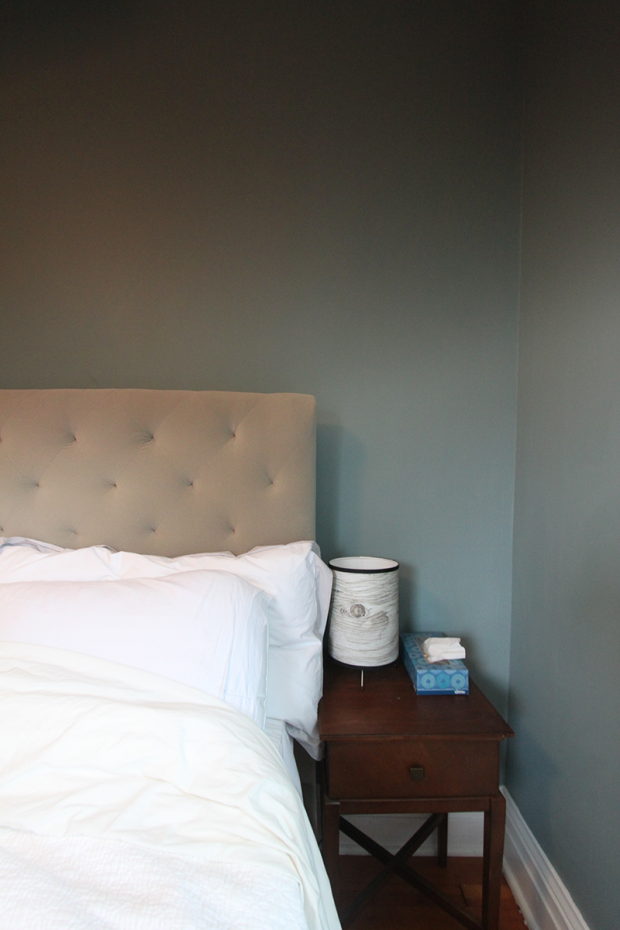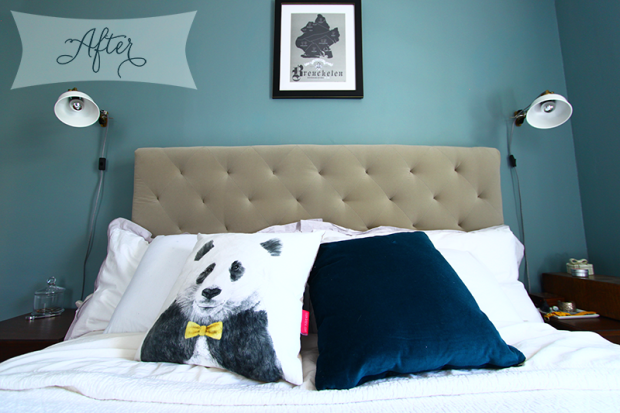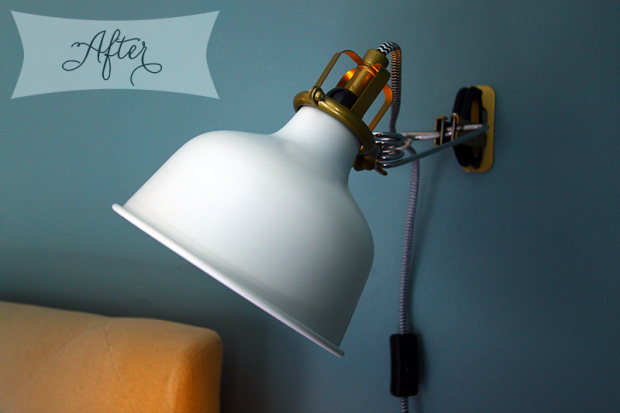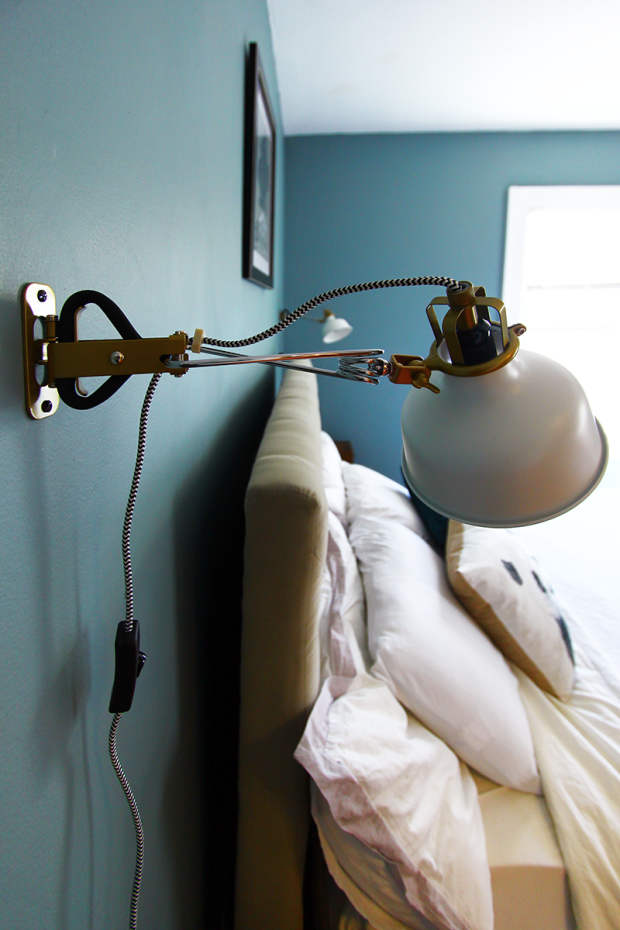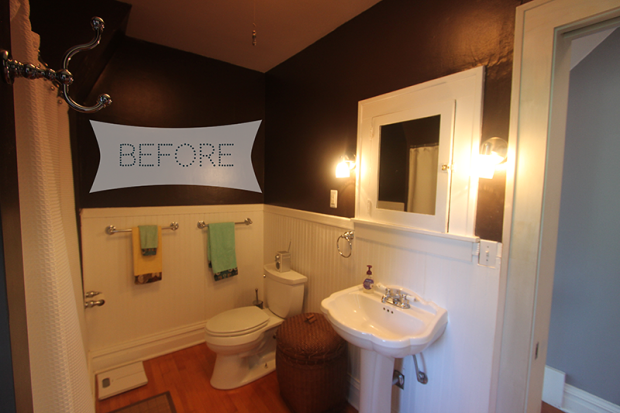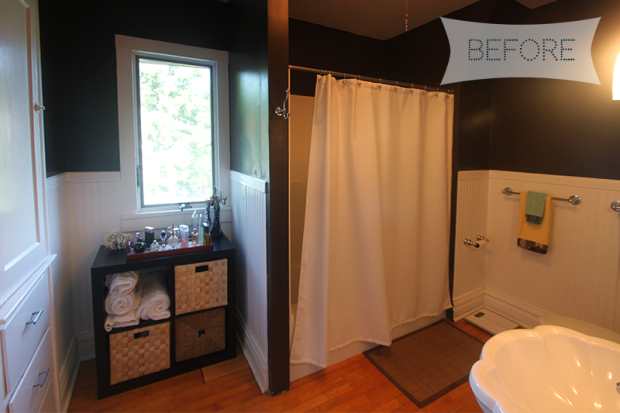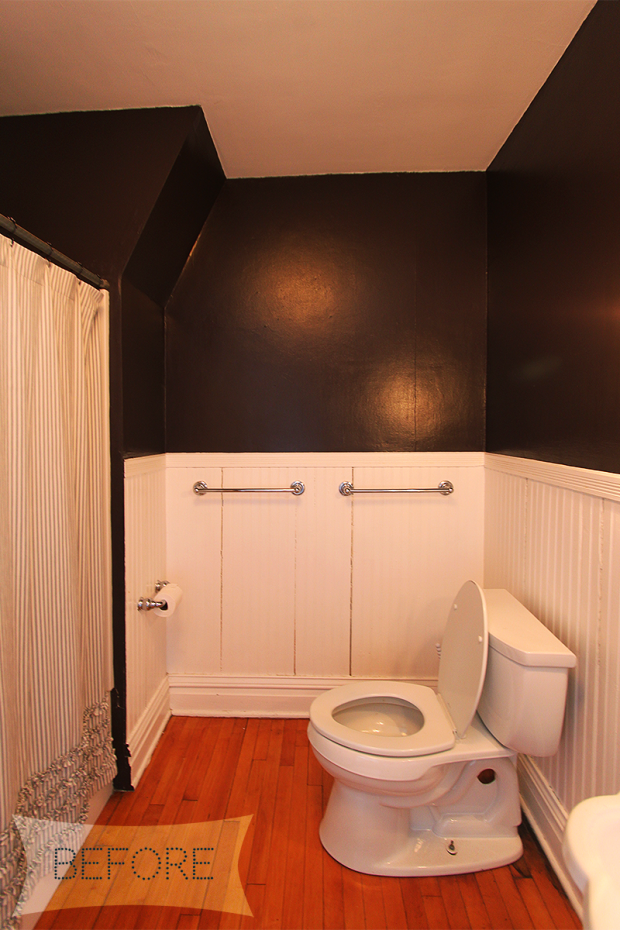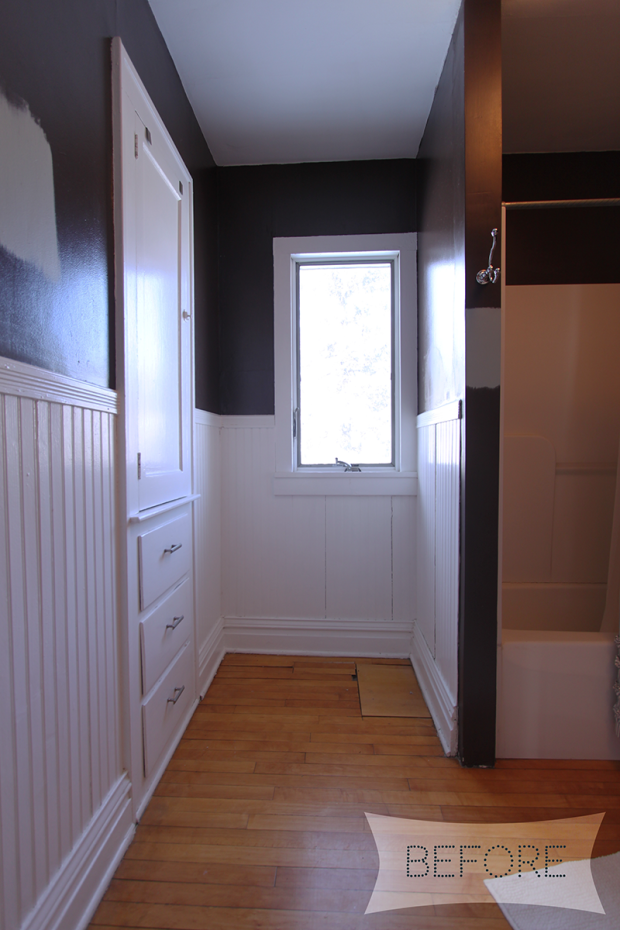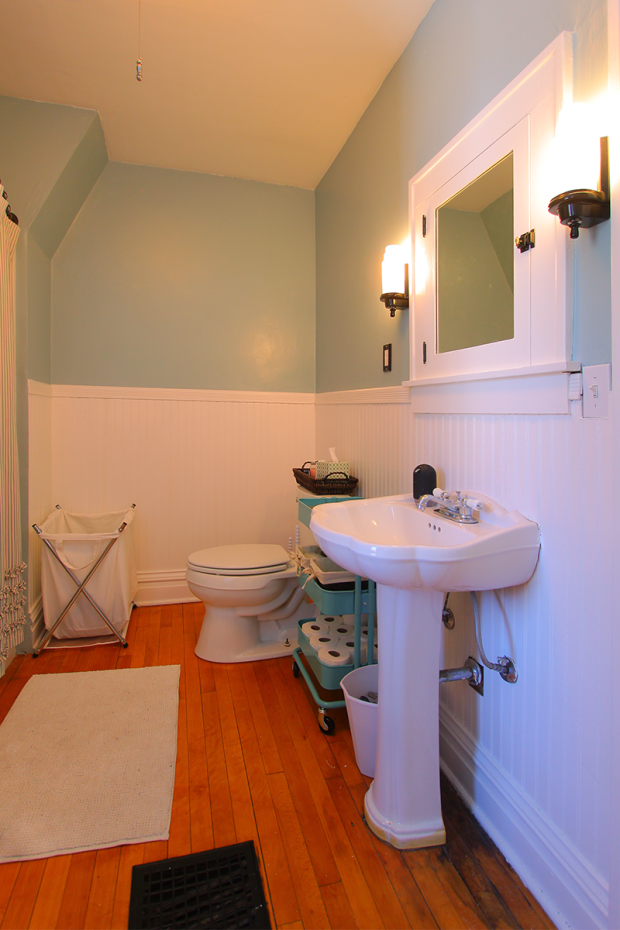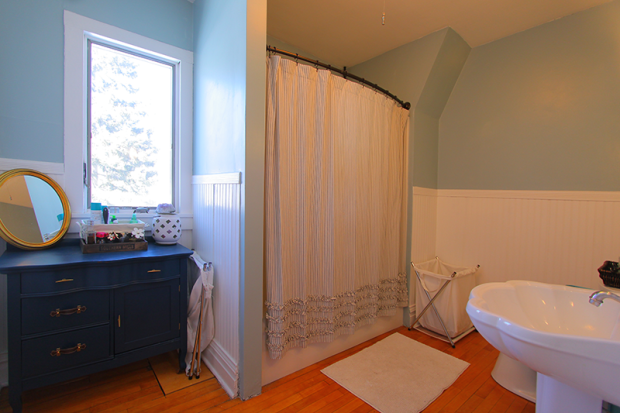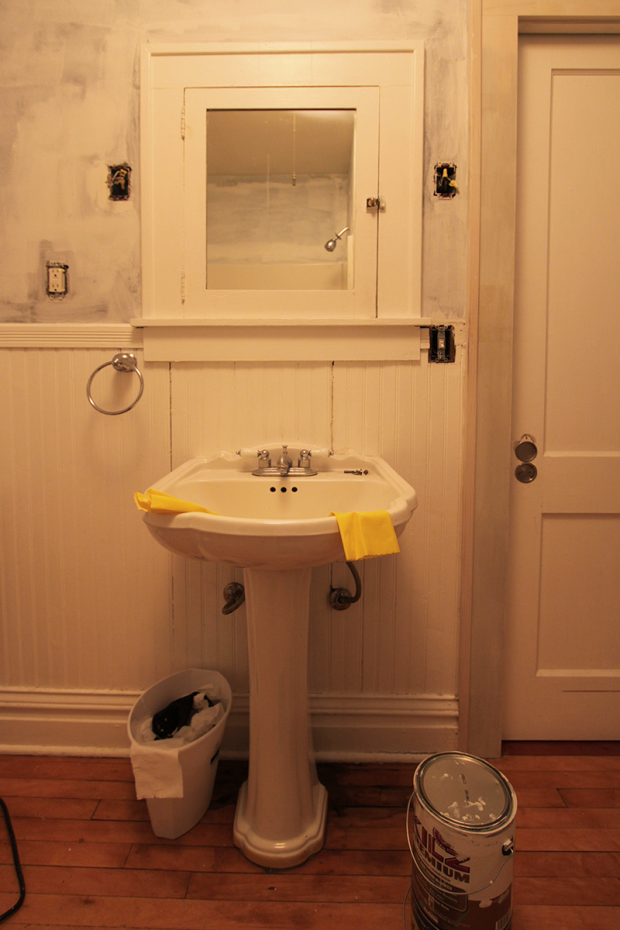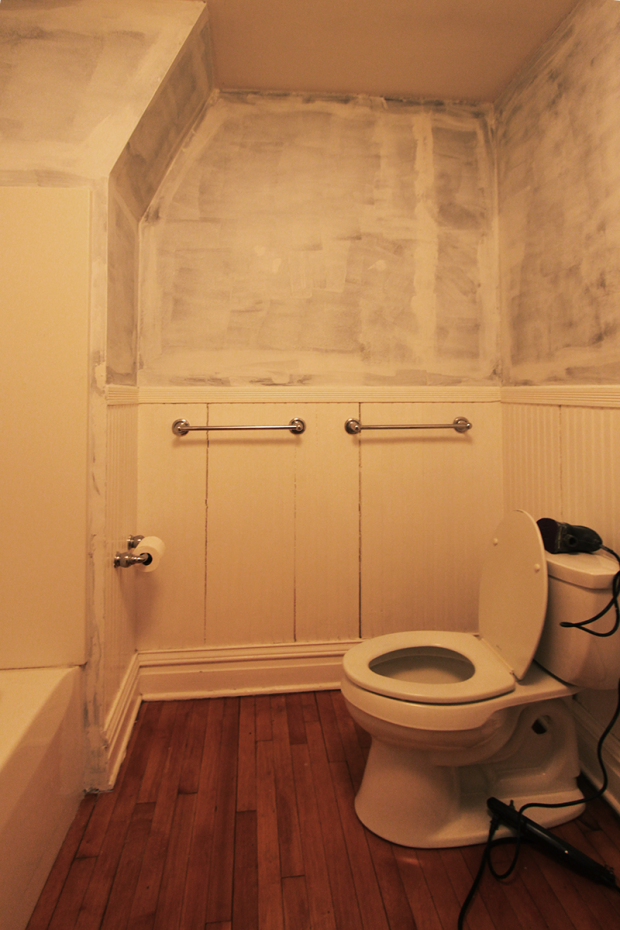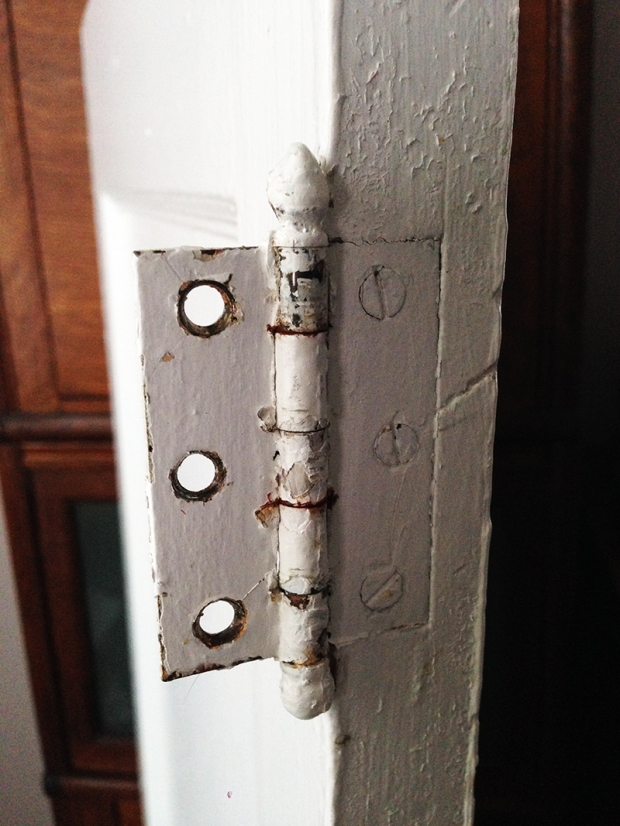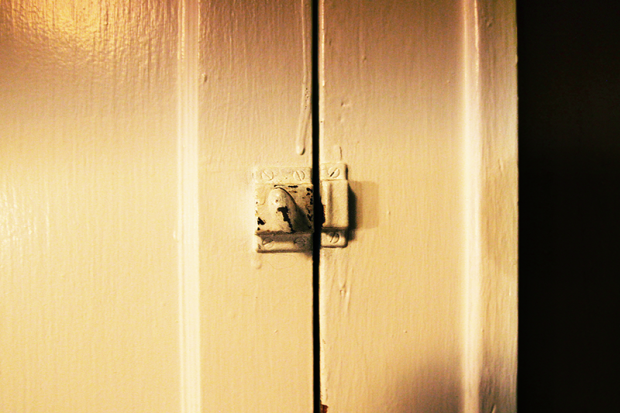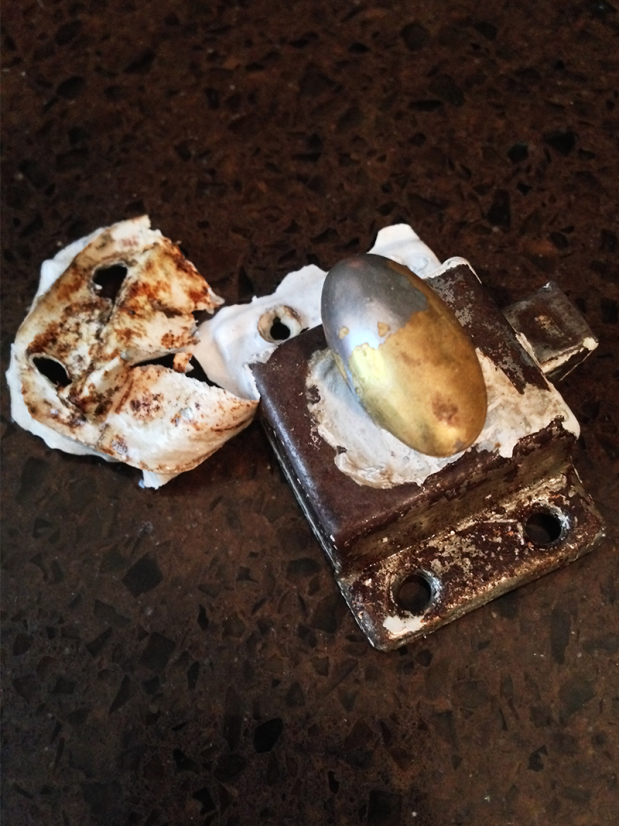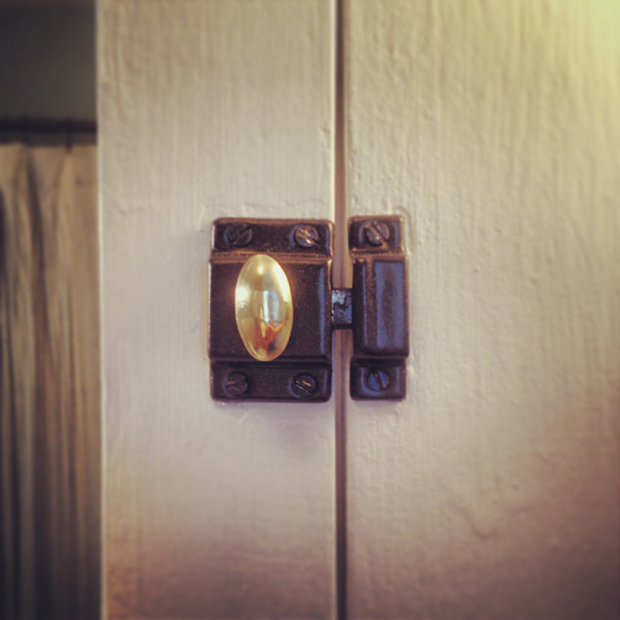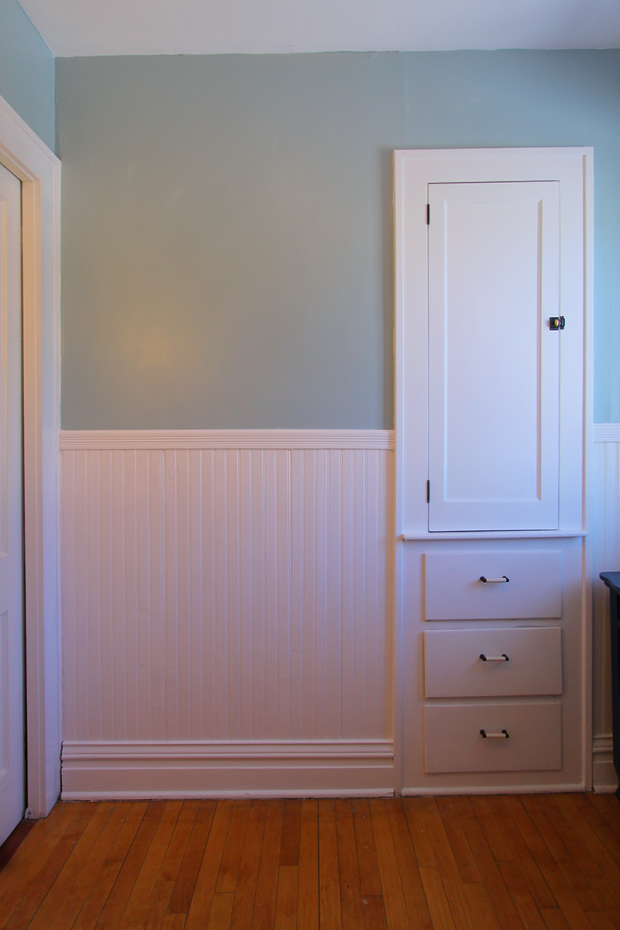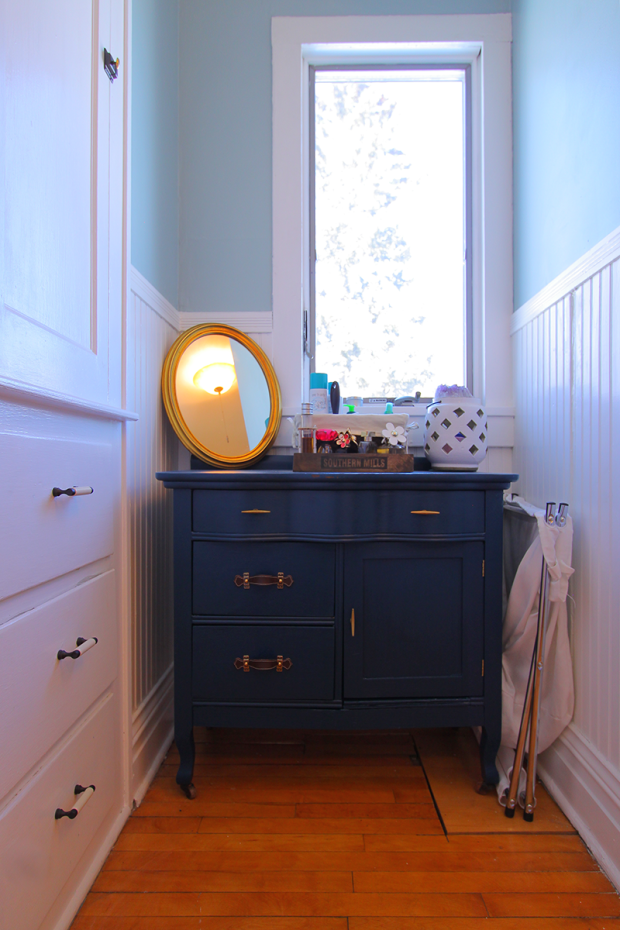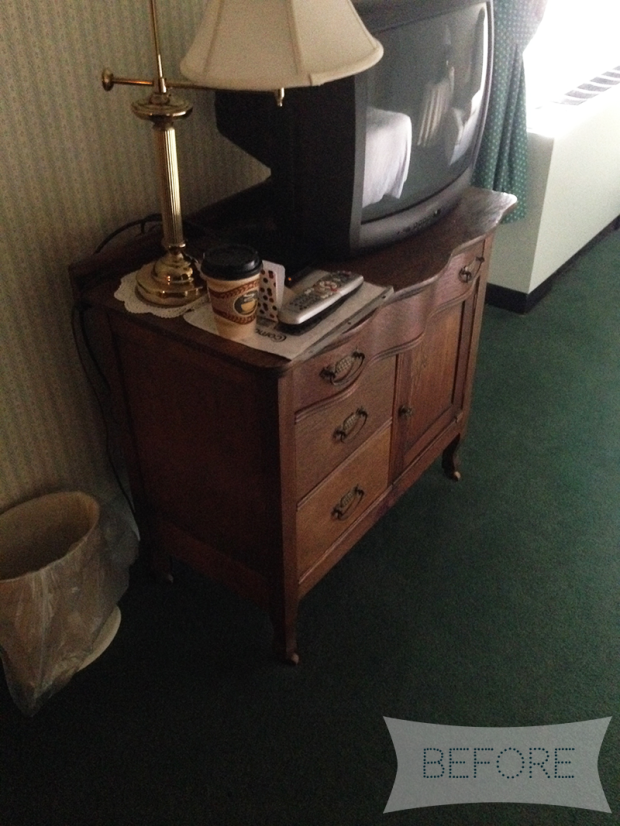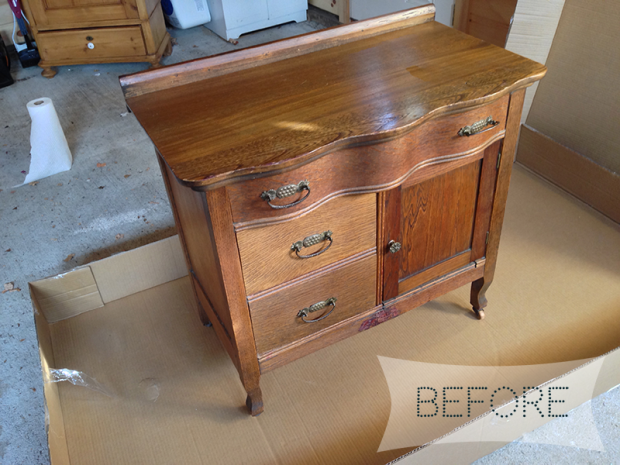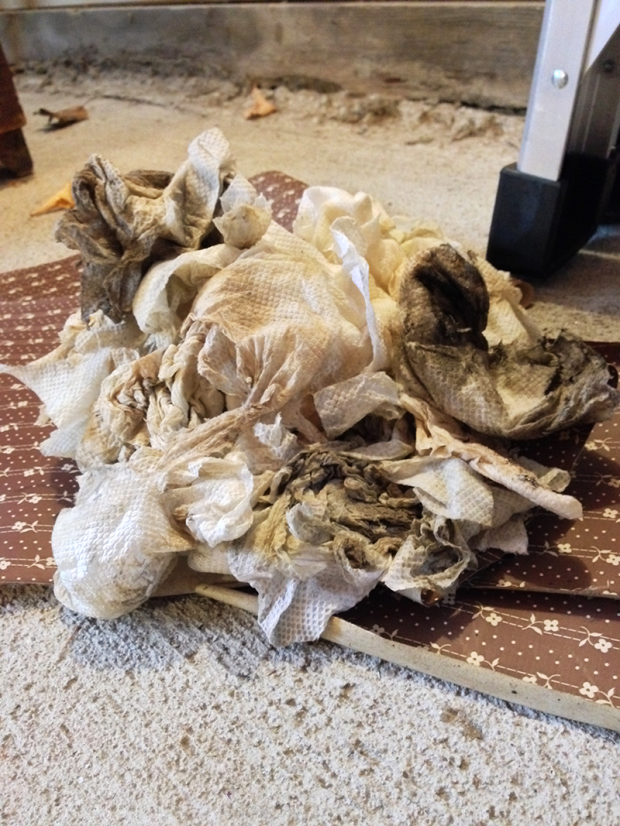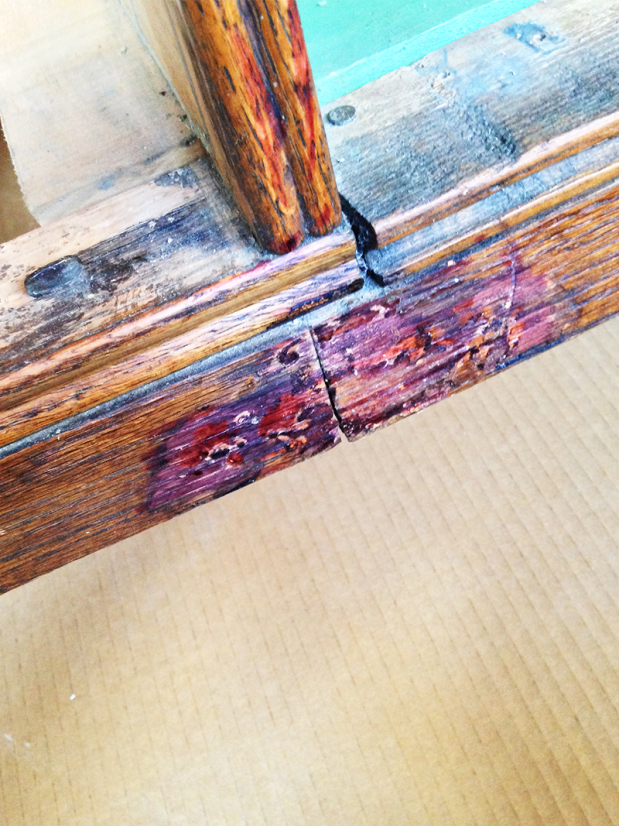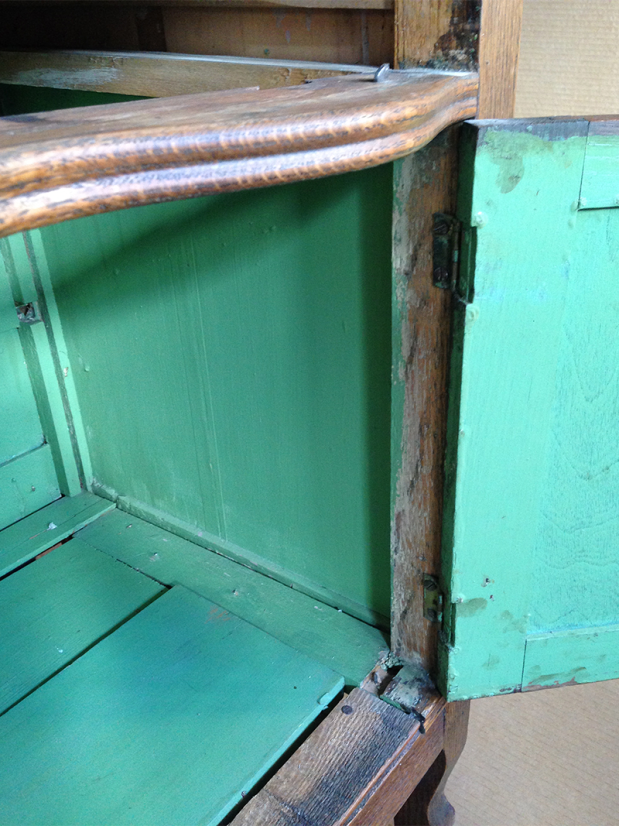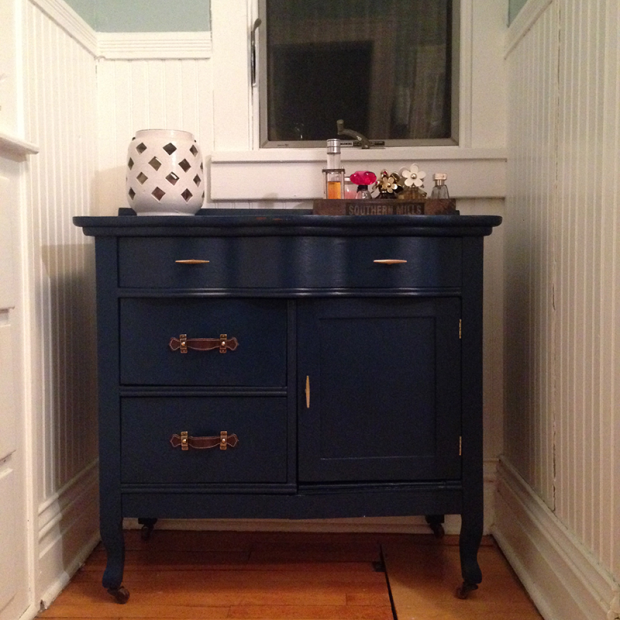
When I tell people that we live in a Sears kit home, I get mixed responses. About 75% of the time it’s a blank stare. A what? Another few will say they have heard of kit homes and know some basic info about them, but the real house geeks– the historians and preservationists and even a few contractors– are floored by this information. Once I mention it, a huge grin appears and they start rattling off facts about how these quality kit homes transformed the market, and what a joy it is to see or work on one in person. This brings a smile to my face as well… I could talk about the history of our house forever. But for the first two groups, here’s a 5 minute history lesson on Sears, Roebuck & Co kit houses.

The alternate purpose of this set of posts is for anyone searching for interior original features of kit homes. In my search, I’ve only been able to find three other houses of our model (the Van Dorn), and only two (kind of uninformative) interior photos. Many Sears homes have similar interior features, so maybe by adding ours to the directory I can help someone else who is hoping to restore theirs. I love seeing the interiors of other kit homes– how they’ve changed over the years and what has been kept original, so if you are in the same boat, I’d love to see your photos too!
Anyways, the history of Sears homes… as promised!

Between 1908 and 1940, Sears, Roebuck & Co. offered 447 (some say 370) different styles of mail order, pre-cut, build-it-yourself kit homes. They sent out regular catalogs and customers could arrange to have an entire house– everything from the plans and lumber to the paint and nails– delivered via rail to their town. Although detailed records were destroyed when the department finally closed, it’s estimated that about 75,000 “Modern Homes” were sold. They’re often compared to Ikea, in that they were to be assembled by the purchaser in small parts from a sheet of directions, but this comparison leaves out the ridiculously high-quality materials that were included with a Sears kit. For example, our 1928 Van Dorn still has the original floors, and not only do they still look brand new, but they actually look higher quality than the hardwood that is put in houses today. Rosemary Thornton explains in The Houses that Sears Built that the location of the company’s Illinois mill was well-positioned for top-of-the-line wood, and their choice to pre-cut allowed them to trim around imperfections and knots to get the most usable wood from each piece. A comparable hardwood floor today would be made from lower quality, newer growth trees. It’s pretty unbelievable for such a behemoth of a company to pay attention to the little details, but they did.

The idea behind the homes wasn’t to revolutionize the style of the quintessential American home. Most catalog styles were appropriate to period (the post-Victorian aesthetic was mainly simple bungalows and colonial revival) but tend to look very similar to architect-built houses, which makes actually identifying a kit house pretty difficult. The Arts & Crafts Society has a quick checklist to identifying Sears kit houses, in case you’re wondering if you’re in possession of one. One of the ideas behind the kit homes was just to sell simple blueprints for stylish homes that “a man of average abilities” could assemble in 90 days. This removed the need for pricey contractors, architects, or carpenters, and took the guesswork out of assembly, while guaranteeing a quality home. Perhaps even more valuable was the way that it enhanced the “American Dream”– not only could a new class of people own a home, but they could pour their own labor into it, making it truly one of a kind and special. Can you even imagine the modern-day liability of telling the “average” person he could build his own house? It definitely wasn’t the world we live in today.


The kind of surprising thing to keep in mind, in contrast to the idea that these were the Ikea of houses, they actually weren’t that inexpensive or basic. At the time, it was a small luxury (depending on the model) to have a house like this sent to you. Ornaments like moldings and millwork were standard in many plans and the materials were extremely high quality. The houses still saved customers many architect and skilled contractor fees, and helped lower income workers with easy payment plans (yes, Sears did pre-FHA private mortgages), allowing many people to buy houses that they wouldn’t been able to afford otherwise, but that didn’t make them slummy or cheap. I’ve traced back the origins of our house, and it was originally built by a large auto shop owner and commissioner of the nearby airport. Not a poor man, but not a millionaire either. Sears offered smaller, simpler cottages as well, but where they actually succeeded the most was bringing new, modern amenities to those outside of big cities. Around the turn of the century, that was water-tight roofs and solid (non-dirt) floors. Then, electricity and indoor plumbing (I love the ad below: Consider the advantages of plumbing in your home! Why, I don’t mind if I do). The Sears architects and designers would also alter any home at no charge, which allowed custom projects like additions, built-ins, and nicer finishes for wealthier clients. They also offered furnishing solutions from the Sears catalog (pretty genius marketing there, huh?)

Sears home parts were pre-cut near Chicago and shipped around the country via rail. So the most common places to find these homes are elsewhere in Illinois, around the midwest, or somewhere along a convenient rail line, usually in suburban or smaller urban neighborhoods that developed between the turn of the century and the 1930s (although many rail lines have been torn out since then, and some houses were shipped by other methods, so there are exceptions). Sometimes, in bustling company-driven towns, an employer would even buy dozens of kit homes and build an entire community for their workforce! I can’t say I’d mind that perk.

Sears homes could be outfitted with the newest technologies– indoor plumbing, central heat, and electricity. Of course, the earliest models weren’t, and later models could be ordered with or without (with a $23 outhouse being an optional add-on for rural customers). Luxury amenities like this were nice for homebuilders, but are just as nice now. Whereas a slightly older c.1900 Victorian would have been retrofitted with plumbing and electricity (and possibly done shoddily or resulting in a bizarre layout), the “Modern” kit homes still feel perfectly up-to-date with decent wiring and well-planned room flow. Our house still has the original 1928 wiring but we’ve been told by our inspector and a trusted electrician that it currently poses no danger and is still in good shape. [sidenote: a previous owner did update the main electrical box in the basement at some point, and some grounding wires have been put in, but the basic room-to-room wiring is original– cloth covered Greenfield, not knob-and-tube. But those details would depend on the era and who was building the house.] The houses were also built with a drywall product (Goodwall sheet plaster), which was easy to install and inexpensive. When we have contractors in our home, they try to convince me that the house was originally plaster and lathe, because of the age. The TV installer, in particular, assured me that he would need a complicated wiring and mounting rig for the wall-mount, and was shocked when he cut into 80 year old drywall. He tried to cover by claiming it must have been added on recently. Maybe I should send him a book 🙂

Houses ranged from ~$200-$8,000 and could even be customized or even totally reversed to suit the customer’s preference. So finding your house in an old catalog isn’t always as easy as finding the identical picture. Especially when 100 years of owners have put their own touches, extensions, renovations, and damages on top of it. In the next post I’ll talk about some of the original touches we’ve found helpful in identifying ours, but if you are looking for a more comprehensive guide, check out Houses By Mail.


I can get lost for hours looking at photos online. I can’t post them all here, but for your own searching pleasure, here are my favorite resources:
Daily Bungalow Flickr Page [most of the photos in this post came from here, but since Flickr is so bad about linking directly to an image, I had to grab them and upload them to my Pinterest]
SearsHomes.org
Sears Archive
The Arts & Crafts Society
In the next post, I’ll compile and write about some photos of the original touches in our house. Do you have a Sears house? Is anything fun still left in original condition? I’d love to see photos!
Cheers,
❤ v
As a disclaimer, just because I truly care about the history of this house and want to see how it was originally built, in all its glory, does not make me a professional nor a preservationist. I want to maintain charm in my house but don’t necessarily feel like I need to stick 100% to period for things like furnishings and paint colors. This blog is primarily about our tales of renovating/decorating, and sometimes I don’t choose to go with what’s traditional. I will never take something original OUT of the house, but when it comes to bringing IN new things, sometimes I want to put my own stamp on it since, after all, it is my house. Just in case you stumbled here by Google search and are looking to see a full to-period restoration of a 1928 house, I’m sorry but I can’t promise that. I do mostly shop vintage but sometimes will choose a mid-century piece to mix in with the deco and dutch colonial stylings of the rest of the house.
